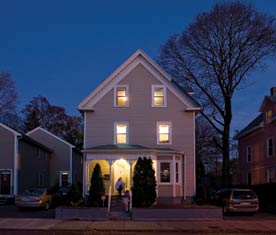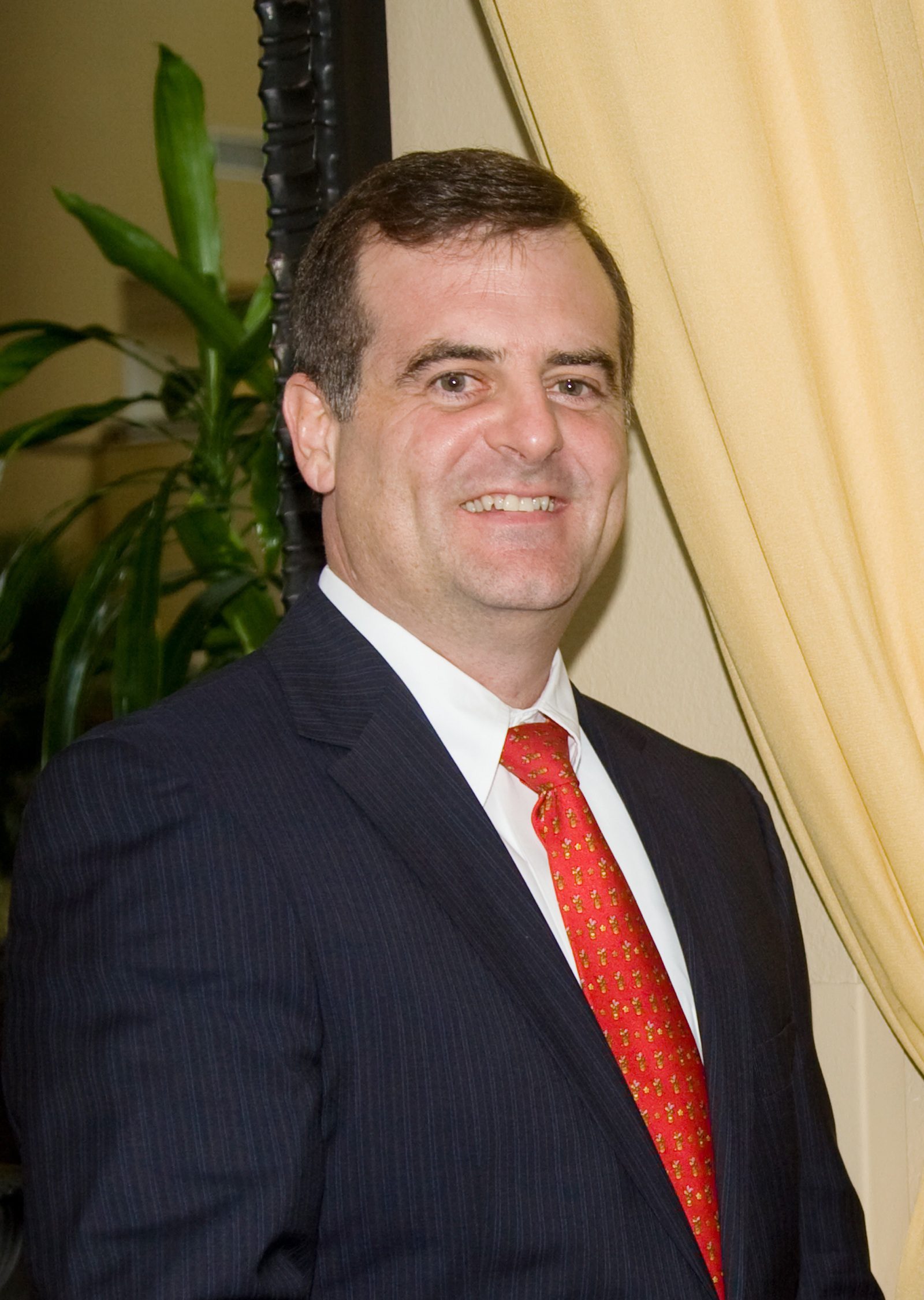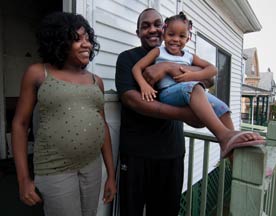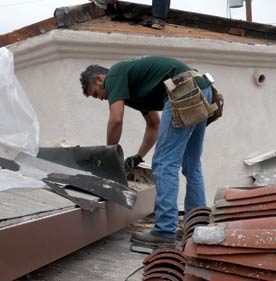Long before phrases like “qualified residential mortgage” or “credit risk retention” were bandied about in Washington, community activists in Boston, incensed by a 1989 study that found a pattern of racial bias in Boston’s mortgage lending, demanded action.
What they got was the SoftSecond Loan Program, which, over its 20-year history, has financed over 15,800 home purchases by low- and moderate-income families, representing $2.5 billion in bank mortgage financing. With significant lender-retained risk and loan performance that compares favorably to prime mortgage benchmarks, SoftSecond provides strong empirical guidance that can be useful in shaping a new national policy on extending credit to support responsible homeownership, something our economy desperately needs.
Community Pressure Yields Innovative Mortgage Product
The 1989 study by the Federal Reserve Bank of Boston was front-page news in The Boston Globe for nearly a year. It caused a torrent of criticism since the banking industry’s failure to serve minority homebuyers could not be explained by income, credit history, or other legitimate loan underwriting factors. Political leaders and community activists demanded that banks make more investments in non-white and lower-income neighborhoods, while the banks resisted, concerned that loans to lower-income homebuyers would result in massive defaults and foreclosures.
Representatives from the Massachusetts Housing Partnership (MHP), the Massachusetts Affordable Housing Alliance (MAHA), the Massachusetts Bankers Association, Boston city officials, and others began meeting to find common ground and potential solutions. This working group designed a mortgage product with new underwriting standards for inner-city properties that would address common obstacles facing lower-income, first-time homebuyers, like high downpayments and costly private mortgage insurance.
The result was SoftSecond, a collaborative program between the banking industry and state government. Participating homebuyers receive two fixed-rate bank mortgage loans: a first mortgage loan for 77 percent of the purchase price and a second mortgage loan for 20 percent. Both loans are offered with favorable pricing and no points charged, sometimes at a discount. The program requires a 3 percent downpayment (originally 5 percent), at least half of which must come from the homebuyer’s own funds (the balance can be a gift or through a down payment assistance program).
The second mortgage loan is “soft” for the first 10 years, that is, payments are interest-only and are further reduced by state subsidies for income-qualified homebuyers. The state funds loss reserves for each bank (currently 3 percent of the second loan), so borrowers don’t need private mortgage insurance. This unique blend of fixed-rate private financing and state support lowers a borrower’s monthly mortgage payments by about 20 percent.
SoftSecond homeowners may sell their properties at market value. Any interest subsidy funds provided to the homeowner are required to be repaid upon sale; after five years of ownership, borrowers retain at least 80 percent of any net appreciation.
Launched as a pilot program in Boston in 1991 and expanded statewide in 1992, the program has served 4,858 first-time buyers in Boston and 11,028 first-time buyers in the rest of the state. In Boston, 68 percent of Boston SoftSecond homebuyers identified as non-white and/or Hispanic/Latino; 48 percent did statewide. Although buyers with incomes up to 100 percent of the area median income are eligible, 57 percent of SoftSecond buyers have incomes at or below 60 percent of area median income (average household income for SoftSecond buyers of $52,162 compared to median income in the Boston area, currently $96,500). In the past year 45 percent of SoftSecond purchases were in Massachusetts cities hardest hit by foreclosure. By placing a focus on low-income areas, the program can responsibly serve the lowest-income buyers and promote sustainable homeownership.
SoftSecond loans have performed extremely well. Delinquency rates have consistently been comparable with those of prime mortgage loans in Massachusetts and foreclosure rates have been consistently lower. As of September 30, 2011, the delinquency rate for prime loans in Massachusetts was 5.60 percent; SoftSecond was 5.96 percent. The foreclosure rate for prime loans in Massachusetts was 1.88 percent; SoftSecond was .86 percent. As of September 30, 2011, the FHA delinquency rate for Massachusetts loans was 10.43 percent.
Elements of Success
A number of factors combine to explain the success of SoftSecond:
Education and Counseling. SoftSecond has focused equally on helping low- and moderate-income families become homebuyers and on ensuring that such families are successful homeowners for the long-term. Prospective buyers must participate in approved pre-purchase training that occurs over at least two days and includes a minimum of eight hours of instruction. No “quickie” classes are allowed. All SoftSecond owners are also supported by a post-purchase education and delinquency counseling program called HomeSafe, developed by MAHA.
Risk Retention. The SoftSecond program requires lenders to retain 20 percent credit risk for the life of the mortgage loan; due to the concessionary pricing that has been offered, most lenders have held both the first and second mortgage loans in portfolio, retaining 97 percent risk. This is serious “skin in the game” and has motivated the lenders to prevent losses. The lenders’ risk is backed by a publicly funded reserve, currently 3 percent of the second loan. Over the life of the program, cumulative losses on the 20 percent retained risk are 0.21 percent of total loan originations; the cost of covering that risk through loan pricing is in the range of 5 basis points.
Intermediary Oversight. MHP, a privately funded, public nonprofit, administers SoftSecond. Prospective borrowers apply directly at participating banks; the banks submit applications to MHP through a Web-based tool that automatically reviews the application against SoftSecond compliance and underwriting standards. This intermediary role is critical. Even with lenders retaining significant risk, the commission-based loan originators on the front lines frequently seek exceptions to SoftSecond underwriting requirements. MHP’s second look has allowed for flexibility while ensuring eligibility compliance and maintaining underwriting discipline.
SoftSecond Lessons
In the midst of the current economic crisis, proven products like SoftSecond are even more important because the economy will not fully recover without a stable owner-occupied housing market. The SoftSecond experience provides data-driven guidance for national homeownership policy. Here are the lessons of SoftSecond going forward:
We’ve got to resolve the debate on credit risk retention. There is a critical nexus between the toxic mortgage loans originated and sold by those with no skin in the game and the financial crisis. The intent of Dodd-Frank was to make risk retention the norm for securitized mortgage transactions with only a small number of exceptionally strong loans exempted. If anything, it could be argued that the minimum 5 percent retained risk requirement doesn’t go far enough.
We should be skeptical of arguments that say risk retention would impose excessive costs on mortgage origination. Risk retention by itself should impose little additional cost because the underlying mortgage risk is unchanged. A portion of the risk is simply being shifted upstream from investors, insurers, and guarantors of mortgage-backed securities to the entities that create the securities and originate the underlying mortgage loans. SoftSecond demonstrates that the cost of risk retention for a good product is negligible.
We need to ensure that the GSEs provide a secondary market for loan products for low- and moderate-income families. Fannie Mae is currently considering a proposal to buy SoftSecond loans on a flow basis at pricing that reflects the actual long-term performance of the product and without any loan level price adjustments. SoftSecond loans have generally been held in portfolio by the originating lenders; in recent years, lender liquidity constraints have limited volume and a secondary market execution is now critical. SoftSecond, and products like it, achieve affordable housing goals while staying well within the bounds of safety and soundness required by federal banking regulators. There are compelling reasons for Fannie Mae to support such examples of “homeownership done right,” even in the midst of a conservatorship and a mandate to reduce costs and increase operating margins.
Finally, community organizing must be supported if we want a housing policy that isn’t dictated by Wall Street. Even though, to its credit, the Massachusetts banking industry, including big national lenders like Bank of America, has overcome its initial reluctance and embraced SoftSecond, SoftSecond would never have been launched if not for the demands of Boston’s community activists in the late 1980s. And the program would not have been sustained for 20 years without the ongoing organizing and advocacy of groups like MAHA.
As painful as the financial crisis has been and continues to be, it does provide an opportunity to finally get it right. Not everyone can or should be a homeowner, but the idea that all lower-income families can’t be successful homeowners is just plain wrong. Banks, GSEs, and government all must play a part. For their part, community organizers will need to keep the heat on.
Editor’s note, 2020: The SoftSecond program is now known as ONE Mortgage.






Comments